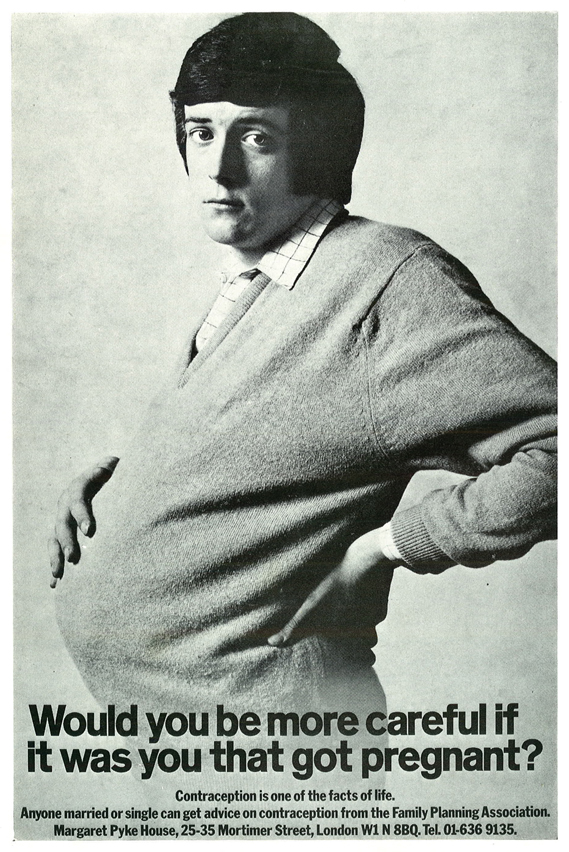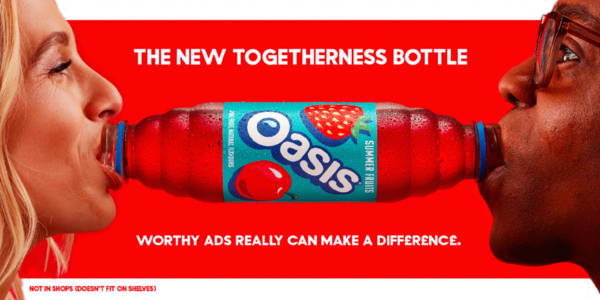Understanding why we make the choices we make gives you a greater opportunity to influence them, and is changing the way we think as marketers.
Welcome to our series of articles explaining the biases, nudges and heuristics influencing consumer behaviour. This week we are exploring the more contentious Bizarreness Effect with examples that demonstrate the power of the unexpected.
So, what is Behavioural Economics?
The field of behavioural economics blends elements of psychology and economics and provides some valuable insights into why individuals are not behaving or making decisions in their own best interests.
Every week, we’ll be getting into the nitty gritty of a bias, nudge or heuristic, giving you a bit of insight into what it is and how it’s been applied.
What is bizarreness effect?
The tendency for bizarre material to be more memorable than common material.
So, what does that mean?
The scientific evidence as to whether bizarreness effect in fact exists is disputed. Research varies with some suggesting it does exist and some suggesting it doesn’t, while others suggests it in fact leads to worse memorising.
With that in mind, we’re going to be exploring advertising that we think has used the bizarreness effect to stand out in people’s minds.
Classic example of bizarreness effect...
We’ve come a long way since 1970, naturally. So, what was bizarre or acceptable in advertising back then wouldn’t necessarily cut the mustard nowadays. But bizarreness effect has been used for years to make an impact and send a powerful message.
The Pregnant Man
A prime example is Saatchi & Saatchi’s 1970 Pregnant Man ad for the Family Planning Association. The ad featured an image of a man with a baby bump and the headline “Would you be more careful if it was you that got pregnant?”. Nowadays, an image of a pregnant man probably wouldn’t have the same effect on people as it would have 48 years ago. And with the rise of equality, it wouldn’t be appropriate. But during it’s time in the spotlight, the ad would have no doubt caught people’s attention.
The Pregnant Man put Saatchi & Saatchi on the map and made its mark as a memorable ad, attracting spoofs and remakes in years gone by. And although controversial if released nowadays, the ad used the bizarreness effect successfully.

Bizarreness effect used today...
“I’m on a horse”. Four generic words, one short sentence. But we can guarantee that there’s one thing that springs to mind when you hear it: Old Spice.
The male grooming products brand is known for its offbeat and flamboyant advertising. Its 2010 “Smell like a man, man” TV advertisement starred a man with no shirt speaking passionately to the camera, moving from a bathroom to a boat to a horse. Encompassing bizarreness effect, there’s nothing ordinary or predictable about it.
Sticking out in people’s minds and attracting attention, the ad helped pave the way for Old Spice to go on to produce more surprising, memorable ads. And their use of bizarreness effect has helped build the brand, making them instantly recognisable.
Bizarreness in Togetherness
Soft drink brand, Oasis, are the latest brand to take on bizarreness effect with their new Togetherness Bottle campaign. Adding to their ongoing #RefreshingStuff marketing strategy, they’re known for their fun, quirky advertising. And their new campaign is no exception.
It mocks fellow brands who claim to make a change and create “togetherness”, when really, they just want to sell more. Featuring a bottle with a neck at both ends, the ads encourage people to share an Oasis at the same, from the same Togetherness Bottle.
Designing an outlandish, impractical product, Oasis have successfully used bizarreness effect to create a buzz around a product that they won’t ever sell.

Conclusion
Behavioural Economics has been around since the 60s and their value and relevance in explaining why we make the “mistakes” or choices we make as consumers is compelling.
As an agency, influencing behaviours is core to what we do and applying Behavioural Economics to marketing communications is a natural progression. If you are interested in understanding more about how we do this get in touch now.
Be sure to check out next week’s post when we’ll delve into another bias or heuristic. And read last week’s norms blog post here.
Let's make you the preferred choice.
Our Preference approach can be applied to any marketing challenge.
